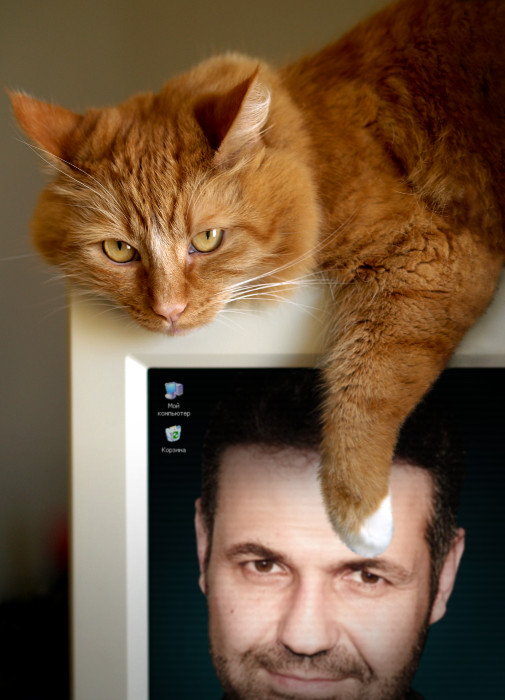I have received a number of essays on Schindler’s List that discuss the liquidation of the ghetto. Although there are a number of masterful scenes in the film, the razing of the Jewish ghetto, where our attention is drawn to a little girl in a red coat has made a strong impression on many of you. The scene embodies the savagery of the Holocaust and the humanity of its victims, and it is the single most riveting sequence in the film for many viewers.
The cleansing of the Jewish ghetto in Krakow, took place in March 1943. The most active character in this sequence is Amon Goeth and he is contrasted with Schindler, who observes what is happening from a hill outside the city. Goeth thinks he is making history, but it is Schindler who is completely changed by what he sees – who is remembered today. We have discussed at length why this is a turning point in the film so make sure to add detailed support to any answer that focuses on this episode.
The sequence opens with images of Goeth and Schindler shaving, as they prepare for the day. Why are the characters presented like this? This is followed by a voice-over of Goeth’s speech as he tries to inspire his men. We see Schindler on horseback looking down on the city, followed by a series of scenes in which the Jews try to save themselves. A family takes out its jewels, places them in slices of bread and each member swallows some to try and save their valuables. A man hides in a sewer but has to leave as the Germans have discovered this hiding place. A young boy runs from the soldiers and is shot, as is a man who tries to help him. A doctor takes poison from a pharmacy to kill his patients to spare them pain before the Nazis can shoot them. A Jewish boy, working for the Nazis, risks his life to help a woman and her daughter into the “good line”.
As Schindler looks down he notices a little girl, picked out by the camera in her red coat, who wanders freely amongst the chaos. It is a very poignant moment in the film especially as the soundtrack mixes Jewish choral singing with faint gunfire. Later in the day, many Jews who think they have escaped discovery emerge – only to be found by the Germans and shot. One man is discovered as he steps onto a piano keyboard and while the soldiers kill more of the Jews, an officer sits at the piano, playing Mozart.
Things to consider:
- Spielberg’s comparison and contrasting of Schindler and Goeth – they start the day in a similar way (half-dressed, they show their common humanity) but when Goeth puts on his uniform he is more obviously a Nazi. What does Spielberg want us to take from this parallel?
- Goeth’s speech to his men – this has echoes of familiar heroic and patriotic speeches, but what he is about to do is wrong and inhumane. Goeth’s speech intensifies our feelings about just how evil the Nazi regime was.
- The use of English and German dialogue – Goeth’s speech is in English, while elsewhere in this sequence the soldiers speak in German. Why has Spielberg done this?
- Note how the Jews are presented – we see images of family and community; note how the Nazis treat them and how the Jews try to save themselves.
- We see powerful and moving images – the family swallowing their jewels, the doctor’s mercy killing, how families are split apart. A key moment is when the mother and daughter are shown the “good line”.
- There are many images of brutality – repeated images of Jews being shot.
- Note the randomness of the killings – we can see no reason why some of the Jews are shot and others are not.
- Contrast – note how we see soldiers kill without pity, but we are shown that they enjoy music and can tell Mozart from Bach. They are educated and can appreciate music. What point do you think Spielberg is making?
- Music and sound effects – the soundtrack is very effective especially the use of the Jewish choir and the piano playing, mixed with sounds of gunfire.
The most important detail in this sequence for many of you is the girl in the red coat. For Schindler, she seems to suggests the idea that escape is possible, this is a turning point for Schindler as it appears that by watching her, he sees what he must do for his Jewish workers.
In your essays comment on how Spielberg uses the image of the girl in red. Try to refer to some of the following things:
- Cinematography – filmed in black and white but here with a colour insert; how, and why, the girl is out of focus when we see her at first, and only comes into focus when the colour is removed.
- Composition of shots – note how the eye is drawn to the girl, while elsewhere on screen we see brutal killings depicted. Why?
- Effect on the audience – think about how we share Schindler’s interest and concern for this girl, and how she seems at first protected from the dangers around her. What is Spielberg wanting us to understand?








